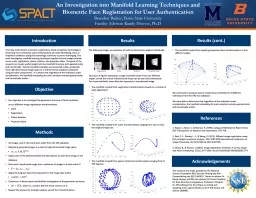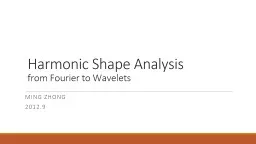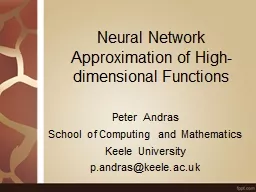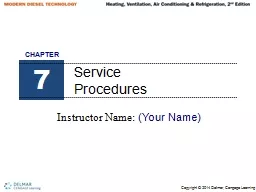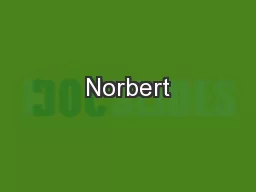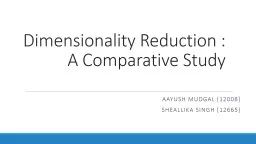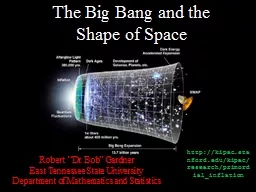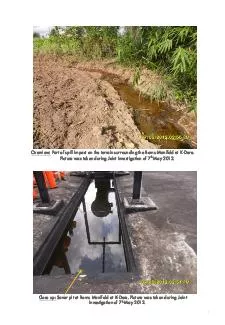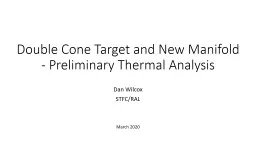PPT-An Investigation into Manifold Learning Techniques and Biom
Author : kittie-lecroy | Published Date : 2017-12-15
Brandon Barker Boise State University Faculty Advisor Randy Hoover PhD Results cont The manifold created from applying projective skew transformations in four different
Presentation Embed Code
Download Presentation
Download Presentation The PPT/PDF document "An Investigation into Manifold Learning ..." is the property of its rightful owner. Permission is granted to download and print the materials on this website for personal, non-commercial use only, and to display it on your personal computer provided you do not modify the materials and that you retain all copyright notices contained in the materials. By downloading content from our website, you accept the terms of this agreement.
An Investigation into Manifold Learning Techniques and Biom: Transcript
Download Rules Of Document
"An Investigation into Manifold Learning Techniques and Biom"The content belongs to its owner. You may download and print it for personal use, without modification, and keep all copyright notices. By downloading, you agree to these terms.
Related Documents

